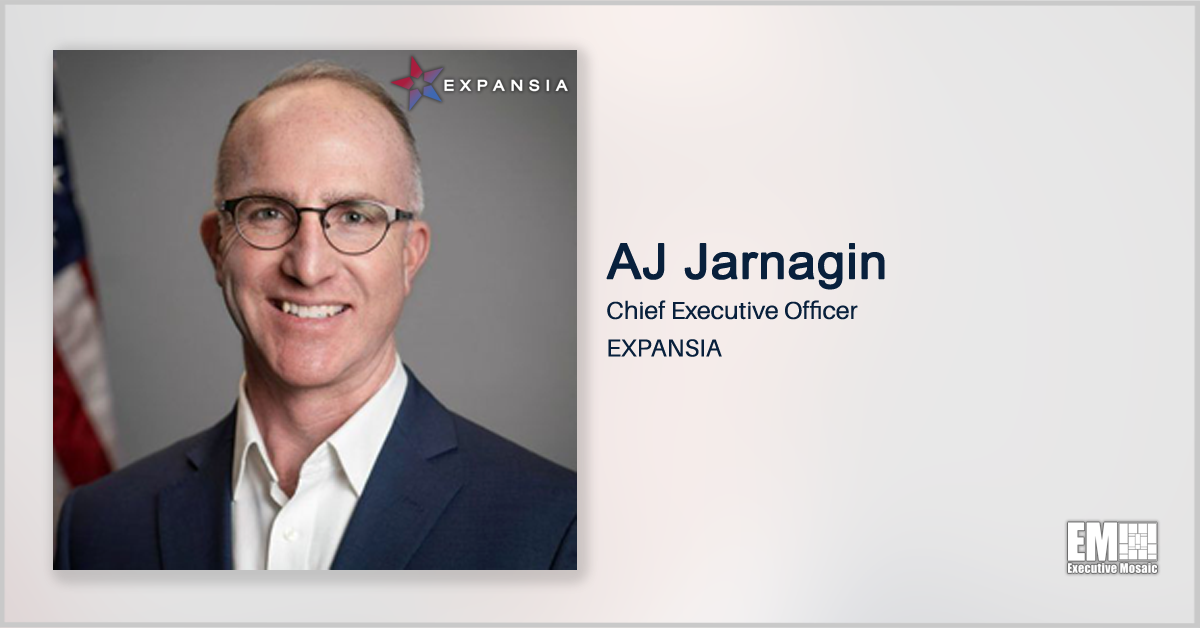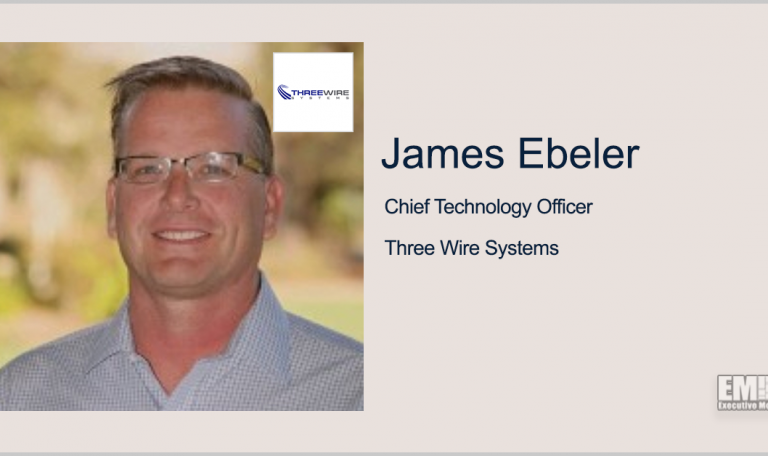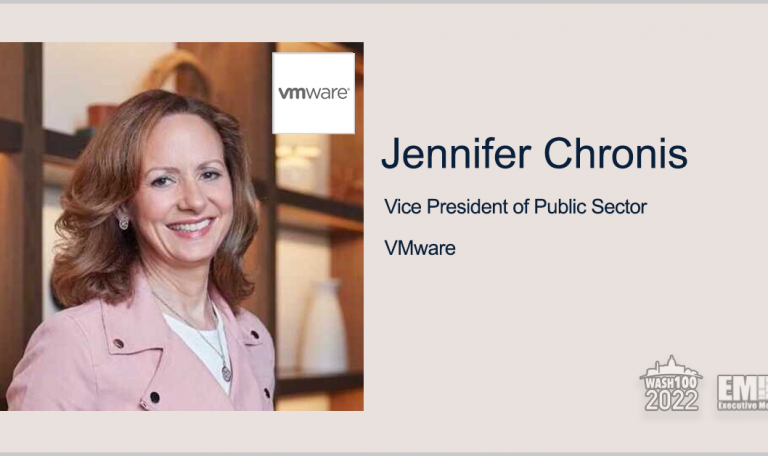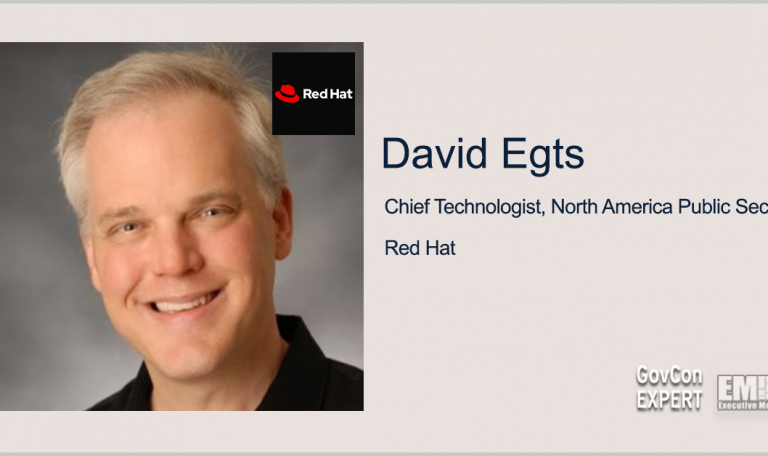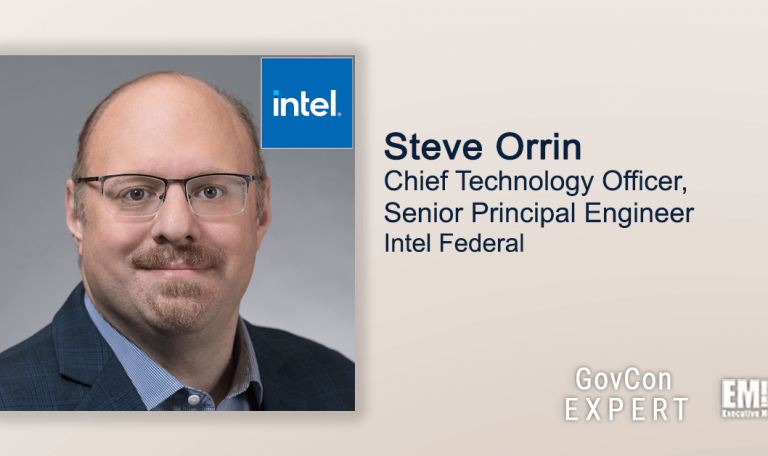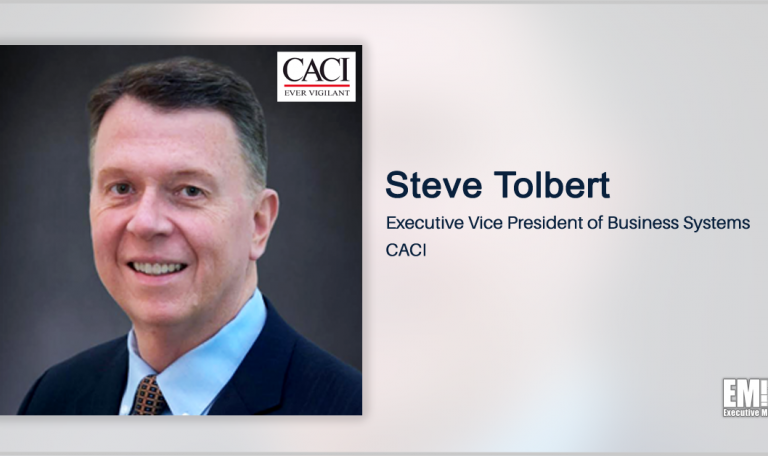Adam “AJ” Jarnagin, CEO and founding partner of EXPANSIA, recently spoke with GovCon Wire regarding the company’s mission to drive technology advancement and digital transformation efforts at the edge for federal and intelligence agencies.
In addition, Jarnagin also discussed EXPANSIA’s recent contract award to provide the AGORA Digital Marketplace to be the first platform of its kind for the U.S. Air Force as well as the challenges of integrating AGORA for our supply chain management capabilities during the latest Executive Spotlight interview.
“EXPANSIA wants to ensure that we’re solving problems and leveraging technology to help infuse the right methodologies and models inside the government to accelerate their implementation times. At the end of the day, it’s all about speed.”
You can read the full interview with AJ Jarnagin below:
GovCon Wire: What can you tell us about EXPANSIA’s mission?
AJ Jarnagin: “EXPANSIA is focused on aiding our federal and intelligence agency and Department of Defense clients in driving technology advancements at the tactical edge and to do this in the fastest and in the most cost-effective means. We are all about ‘Deploying Technology Faster’ across all domains.
After working in the defense space and industry for most of my career, formerly as an active-duty Airman in the Air Force and within the defense industry ecosystem. Since that time, I’ve always wanted to be part of the industry team, helping implement solutions to matters impacting our national security posture. So it’s extremely important to my team and me.
I launched EXPANSIA, with my wife Tynel, in 2014 to develop a portfolio of practices and approaches to adopt new methodologies to increase capability delivery speed, enterprise organizational governance models, and principles.
This also includes technology solutions to help more quickly navigate the bureaucratic policies and procedures within the Acquisition system that need to change, so we can see real, lasting impact where it’s needed most-at the tactical edge where conflicts are addressed head-on.
EXPANSIA was created to improve how we do business in our sector with the federal agencies, intelligence community, and military, and just like every business in this ecosystem, we want to tackle the hard problems and have a game-changing impact. That’s human nature to want to make an impact for the better.
We’ve been asked to help in a number of areas like hybrid and multi-cloud technology development and implementation, the rapid scalability of advanced and additive manufacturing, and enabling more rapid deployment models dealing with what I call the “people thread” across many of the military services and federal agencies.
There’s so much focus on digital transformation and adoption of new methods to do things smarter, faster, and so much technology to embrace, but few are vocalizing the real challenge-our organizations were not set up to embrace ‘speed of delivery and a ‘one team, one voice’ mindset across the plethora of government organizations required to see real change by PEOPLE empowered to make this change happen.
We’re developing those capabilities, so our government team has real options regarding adopting the best cloud providers to aid in not getting locked into one technology vendor.
EXPANSIA wants to ensure that we’re solving problems and leveraging technology to help infuse the right methodologies and models inside the government to accelerate their implementation times. At the end of the day, it’s all about speed.
One of our approaches, when we begin a consultative project at EXPANSIA, is to strive and identify if and where the digital threads exist to help our government agencies and the industry partners scale the collaborative work methods leading to product development.
Once we have identified the digital thread and that key missing link that we’ve coined the ‘people thread or cross-functional collaboration amongst various teams,’ we can build our methodology and our models around deploying technology faster through modeling simulation, increased transparency and accountability of how teams execute via new methodologies, rapid governance models where we decompose requirements to smaller pieces of work and leveraging the optimal technology required to meet the problem set our users and warfighters need to keep us free.
Through methodologies like agile or some of the software development approaches that are common today, we’re experiencing so many new ways to see acquisitions lifecycle deployment times reduce by a large scale.
As a former acquisition leader and program manager, I encountered enough bureaucracy blocking the ability to increase the speed and accountability of the stakeholders involved in the product development lifecycle in the government space.
As we focus on the right technologies, methodologies, and models to identify the digital thread and people thread that I mentioned, the result is increased communication, accountability to perform, transparency of the work, and better teamwork across a multi-organization enterprise with the laser focus of getting products to our users a lot faster.
With that, we can drive the culture change within federal agencies, and their programs as well as the people discovering new ways to broaden their base of understanding of engineering models, financial and contract management strategies based on a new policy, and cross-cutting teams focused on ensuring we minimize the government organizational handoffs which slow down the speed of capability delivery.
We also need to incorporate and engage with, as one team, the test and cyber accreditation communities throughout the entire lifecycle instead of passing it over the wall once a capability is ‘done’ being developed.
Leveraging a cross-functional team and a highly collaborative mindset is essential to change the way we compete and deliver products to users today. The threats in the world require us all to be accountable for changing the way we work today-all of us: program managers, engineers, logisticians, cyber professionals, test representatives, MAJCOM representatives, users and warfighters, R&D and Lab professionals, all of us.”
GovCon Wire: Congrats on the recent contract to develop the solution called the AGORA Digital Marketplace for the Air Force Rapid Sustainment Office (RSO)! How would you describe the platform’s impact on advanced manufacturing and additive manufacturing solutions, as well as its influence to drive innovative product and lifecycle management tools to improve U.S. supply chain management?
AJ Jarnagin: “We’re extremely excited about the AGORA program with the Air Force RSO team. The Air Force gave the program that name because we’re actually integrating legacy databases and deploying a full digital marketplace based on the marketplace AGORA concept from Ancient Greece, which was known as a gathering place or assembly location.
This digital marketplace will be the first of its kind for the Air Force as well as for the defense industrial base. It’s an opportunity to bring together government and industry to take advantage of the integration of several legacy databases across the defense industrial base (DIB) in order to focus on qualifying and printing the parts that need to be procured and manufactured quickly via 3D printing solutions.
These are mostly metal parts that would support the legacy platforms like aging aircrafts of other areas. Our goal at EXPANSIA is to use additive manufacturing (which is 3D printing) to help the service branches improve their readiness and reduce the amount of time that much-needed platforms (aircraft, surface vehicles, ships, missiles, etc.) are out of service for maintenance and repair.
The federal government is improving in its trust regarding the value of what 3D printing can do for their supply chains, AGORA will be that initial marketplace to bring together all the parts and supplier information that comprises these systems of systems.
One of the biggest hurdles we’re dealing with regarding these legacy systems, across the Army and Navy, and the Air Force, is securing the production parts because these systems have been sustained for decades, and many of the parts are no longer carried or carried even made.
In some cases, a company that made the part may not be in business anymore or they’re just too expensive. Sometimes, the tools we need don’t exist anymore either, so recreating them can absolutely save the government a lot of time, and money but more importantly… enhance overall mission readiness for our military.
Additive manufacturing and the 3D printing of metal parts really can help simplify the process of reducing the time and the associated costs to really fix these aging supply chain delays that we’re seeing in real-world situations around the globe.
AGORA will be pivotal in bringing the legacy databases and part information on all the platforms in use, in this particular case, integrate them with our supply chain processes and do a lot more work to leverage technology alongside our predictive analytics and other key tools like machine learning to see the parts we’ll need years in advance, and can plan and budget for when we can simply 3D print the parts ourselves, working with our government clients.”
GovCon Wire: What can you tell us about the challenges of integrating AGORA for our supply chain management capabilities as well as why the government struggles with implementing the latest technologies in the present day? Do you have any examples?
AJ Jarnagin: “With everything we’ve seen the last six months in our supply chain management as well as the global conflicts that are happening right now, we’re watching the impact on our supply chains but the goal is to improve the fleet readiness and availability of any and all parts for our system of systems keeping us safe.
We’re looking to avoid a negative impact on our repairs and aging platforms, so that any kind of repairs that are needed can be identified faster, and parts made readily available regardless of peacetime or during the conflict.
One of the major things that EXPANSIA is trying to drive with AGORA is more robust integration. For example, there are a number of supply chain databases that have been adopted by the government and many are run by other agencies, but they’ve never been fully integrated with all the information available because of the scale and complexity of doing that across various organizations within the government.
The reality is that no one has invested the time and dollars needed at this level to scale additive manufacturing before, so we need to integrate better, which is especially hard for our government clients due to the sheer mass of information across so many databases, data centers, let alone government organizations who don’t typically work together day-to-day, etc.
If the entire federal workforce is able to wrap its mind around being able to trust 3D printing to aid in printing components as a part of an aircraft engine, or a ship’s propellor shaft to see it propel forward that says to me, we can print anything we need, whenever we need it.
The real question again is how much all of this will cost. What’s the bottom line? The fact is that it’s just too costly to not leverage additive manufacturing, which is much cheaper, especially in today’s world with our competition also being able to leverage this technology or build these parts via 3D printing technology.
A major aspect of AGORA will be to help the government trust the technology advancement of 3D printing because the scale is so big and the challenge of potentially falling behind on a global scale because we couldn’t get over the technological hump to embrace the power of Additive Manufacturing as part of our normal way of modernizing our supply chain and minimizing challenges related to part availability.”


